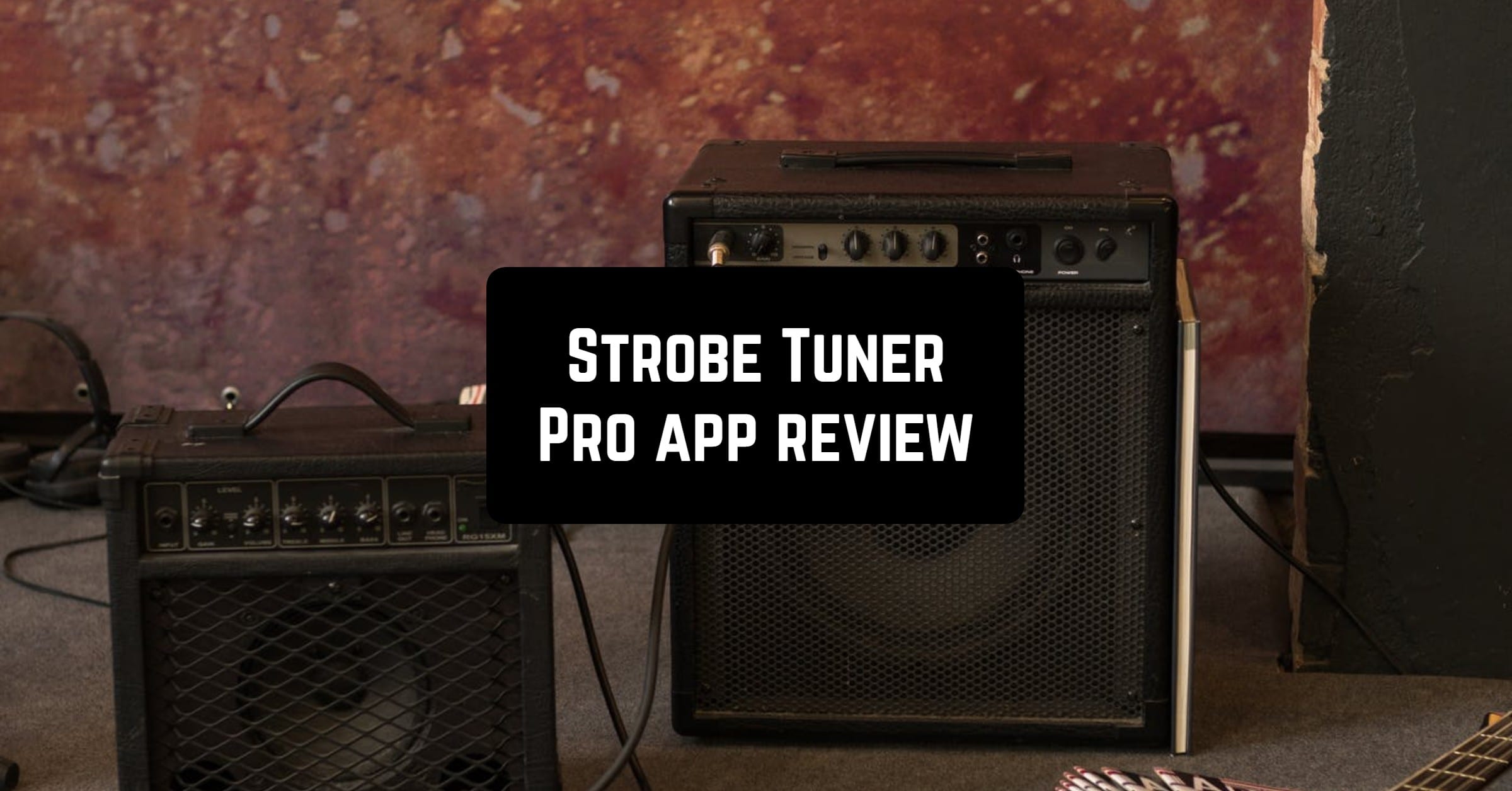
This tuner has all of the features that you will likely find in this class of tuners, and so is subject to all the pitfalls that these features invite. I've used a number of needle tuners over the years, and I've found that the best for my needs with the Native American flute has been the Korg OT-120 (shown at the right). My feeling is that the natural changes in pitch as we play the flute create an unstable display that is very difficult to interpret. The display is just too sensitive to small pitch changes in the sound of the flute. I worked with a Peterson V-SAM strobe tuner (shown on the right) for a year before giving it away. However, despite their accuracy (or because of it), I've found strobe tuners to be a huge hassle when used with the flute. Each of those green displays is a separate strobe tuner for each of the twelve notes of the chromatic scale. The strobe tuner is the unit with the twelve green displays behind the Hang. On the left is a picture of Felix Rohner tuning a Hang using a Node Model 7050 strobe tuner (photo by Vera Shanov, from our visit to the HangHaus on July 25, 2007). I've seen Laurence Juber (guitarist for Paul McCartney) use one in a solo live show. Strobe tuners are often cited as the most accurate, and many instrument makers seem to prefer them. Because of the nature of the way they sense frequency, these tuners are not suitable for flutes. Tuners that are clipped to a mounting point (typically the headstock or the sound board of a stringed instrument), and report the frequency of the vibrations at the mounting point. They use a microprocessor to measure the average period of the waveform, then uses this to drive the display. Devices that show frequency using an analog needle, a simulated needle in an LCD, or an array of LEDs. When the frequencies differ even a small amount in frequency, it is displayed in the motion of the display. When the motion stops, the frequency of the sound matches the reference frequency. These tuners compare the frequency of an external sound with an internal reference frequency, and display the difference as a rotating motion. It is stanped “Standard/Cook & Read's/ Pat. The provenience is “New Jersey, after 1866”. Murray and funds from various donors, 1981. This artifact is in the collection of the Metropolitan Museum of Art, accession number 1981.221, purchased by the museum from a gift from Mark R. I'm not sure how the tuner shown at the right works, but it looks interesting! The scale “F…G…A…B…C…D…E…F” is stamped on the top.

Tuners fall into several general classes: Any ambient background noise or harmonics from the musical instrument add to the problem, and can cause the needle to give unstable readings.įor a general discussion of the factors that affect flute tuning, see Right in Tune. Most tuners take an average of the frequency of the sound that they pick up and use that average to drive the display. The waveform generated by flutes is very complex, and is constantly changing.(For a graph of temperature rise as you play, visit A Small Experiment on the CrossTune page.) It takes several minutes for a flute to warm up to a steady temperature.See Moving the Block on the Reference Drones page for a discussion of block position. Typically, moving the block toward the mouth end will make the flute sharperĪnd moving it down toward the foot will make it flatter. You may be able to use this to your advantage, intentionally adjusting the tuning of the flute by slightly sliding the block. The position of the block also has a big effect on overall tuning.The general rule is 1.7 cents for each degree Fahrenheit (based on physics formulas published by Owen Cramer ( )). Flutes get sharper as the temperature goes up and flatter as the Tuning is also dramatically affected by the temperature of the resonating sound chamber (which is affected by ambient room temperature).The overall tuning of a flute is highly sensitive to the breath pressure that you use.Rather than chasing a needle on an electronic device, you will be using your ears and breath pressure to match pitch against a set of drone recordings that I've made. Your musicality might be better served in the long run by experimenting with the Reference Drones.To help a player determine the breath pressure needed across the range of notes of the flute to keep the flute in relative tuning with itself.īefore you dive into using an electronic tuner, consider these issues:.To let a player check if a flute is likely to sound consonant with another (typically concert-tuned) instrument.To help a flute maker tune their flute.This page talks about the use of electornic tuners for several situations: Using an electronic tuner with a Native American flute can be a great asset. Electronic Tuners and the Native American Flute


 0 kommentar(er)
0 kommentar(er)
